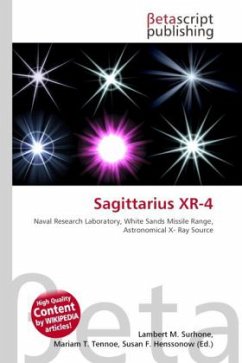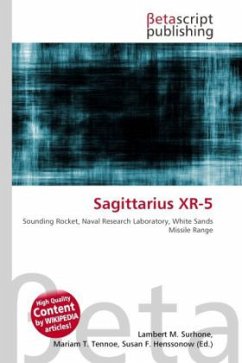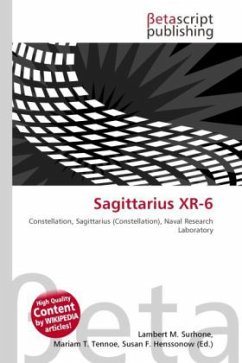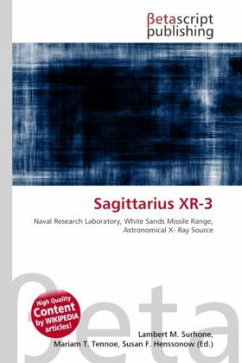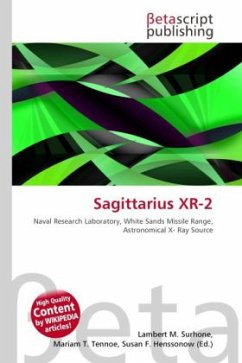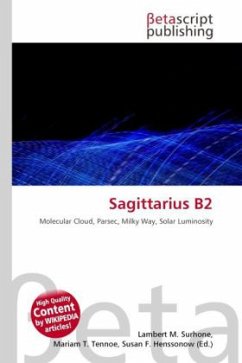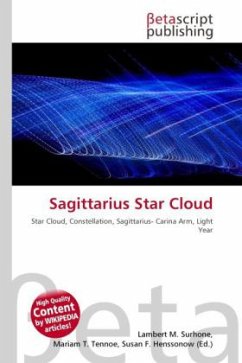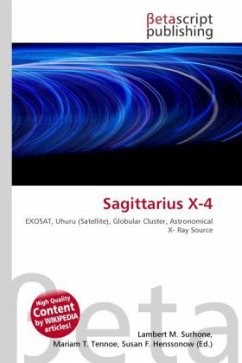High Quality Content by WIKIPEDIA articles! On April 25, 1965, an Aerobee 150 sounding rocket, that was launched with a X-ray detector fabricated at the Naval Research Laboratory, detected Sagittarius XR-4 (Sgr XR-4), the first X-ray detection of a globular cluster. Sgr XR-4 is called L16 by the Lockheed group, who launched an Aerobee on September 30, 1965. Sgr XR-4 is at J1950 RA 17h 56m Dec -21.6°. Lockheed 16 is at J1950 RA 18h 10m Dec -27° 36 . Sgr XR-4 and Sgr 4 are the same as 2U 1820-30. Sgr XR-4 was detected during one scan and has a positional uncertainty of at least 4°. Globular cluster NGC 6624 (e.g., 2U 1820-30, a LMXB in the globular cluster NGC 6624) is ~9° from Sgr XR-4 and outside its error box, whereas globular cluster NGC 6440 is within the error box at under 3° from Sgr XR-4. NGC 6440 is 4U 1743-19, MX 1746-20.
Bitte wählen Sie Ihr Anliegen aus.
Rechnungen
Retourenschein anfordern
Bestellstatus
Storno

